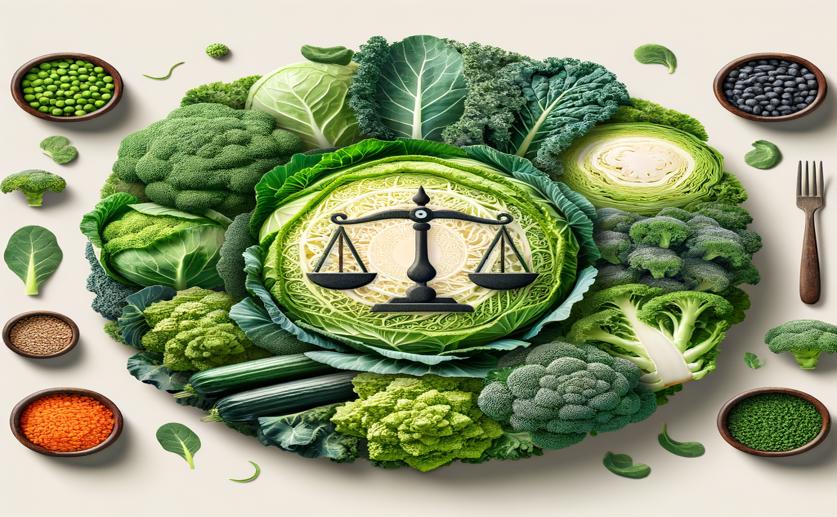
Exploring the Nutritional Value and Antioxidants in Cabbage Varieties
Jenn Hoskins
16th March, 2024

Image Source: Natural Science News, 2024
Key Findings
- Study at Gansu Agriculture University found significant nutritional differences among 159 cabbage varieties
- Purple spherical cabbage has the highest levels of antioxidants and essential minerals like potassium and magnesium
- Despite its high nutrient content, green spherical cabbage was ranked highest in overall quality, considering taste and marketability
VegetablesNutritionPlant Science
References
Main Study
1) Comparative study of the quality indices, antioxidant substances, and mineral elements in different forms of cabbage.
Published 14th March, 2024
https://doi.org/10.1186/s12870-024-04857-4
Related Studies
2) Comprehensive Evaluation of Amino Acids and Polyphenols in 69 Varieties of Green Cabbage (Brassica oleracea L. var. capitata L.) Based on Multivariate Statistical Analysis.
3) Microgreen nutrition, food safety, and shelf life: A review.
4) Distribution of primary and secondary metabolites among the leaf layers of headed cabbage (Brassica oleracea var. capitata).
5) The Role of Polyphenols in Human Health and Food Systems: A Mini-Review.



 29th February, 2024 | Greg Howard
29th February, 2024 | Greg Howard